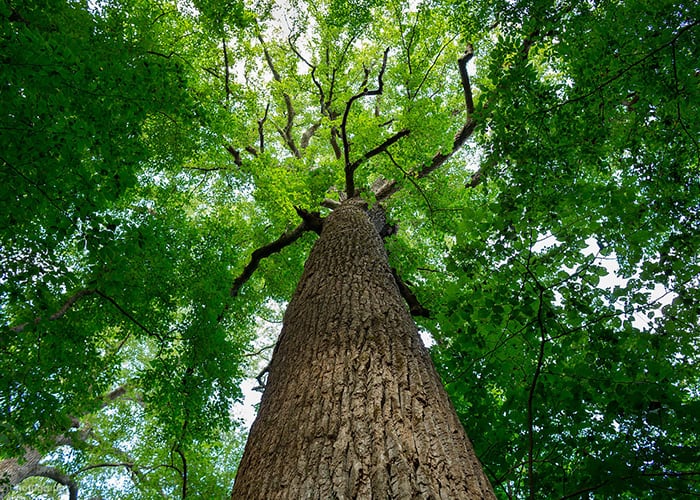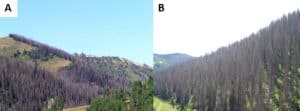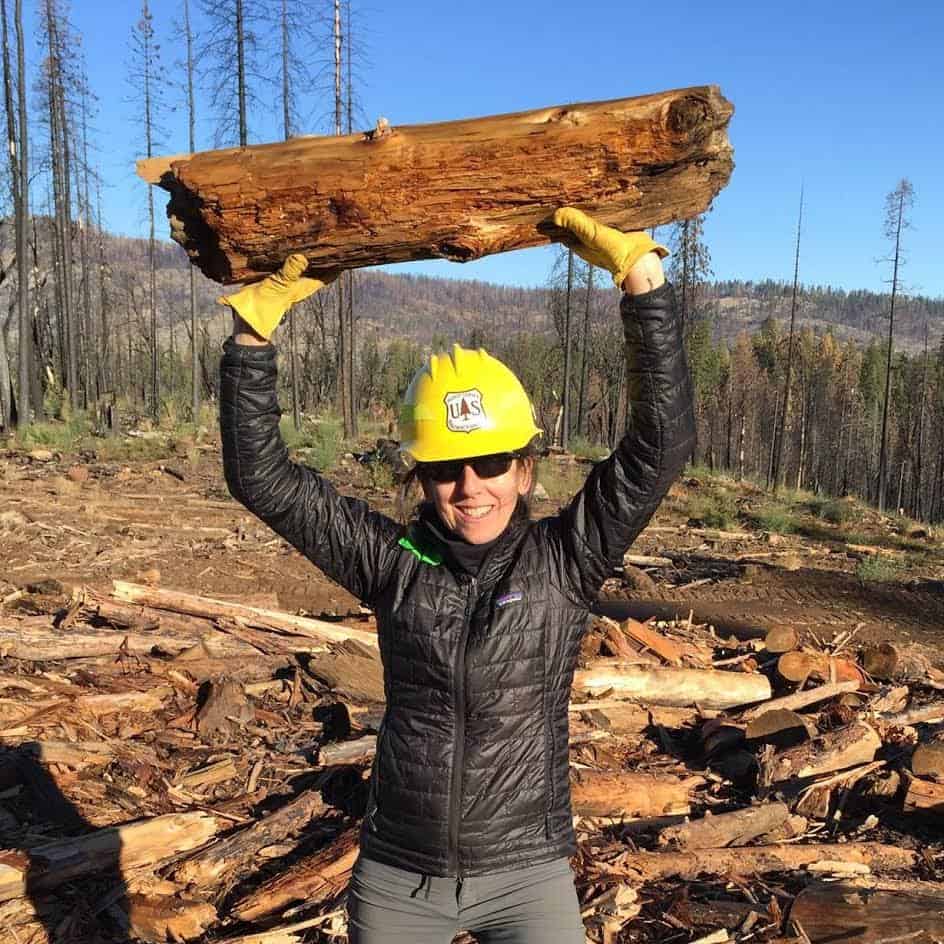Here’s the latest press release from the San Juan Citizens Alliance, Wilderness Watch and Great Old Broads for Wilderness. It’s an update from the post on May 22, which can be viewed here.
Conservation Groups Applaud Forest Service Decision Rescinding Approval of Chainsaws in Wilderness
For Release: June 11, 2019
Denver, CO – Conservation organizations that filed a lawsuit against the United States Forest Service for their secretive approval to allow chainsaws in two southwestern Colorado Wilderness areas this summer are pleased that the agency has officially rescinded the ill-advised policy.
The Wilderness Act prohibits the use of motorized equipment except for in emergency situations. The groups argued that the inconvenience of obstructed trails did not qualify as an emergency and the policy would set a dangerous precedent, paving the way for future exemptions from the law. Current and former wilderness rangers for the agency spoke out against the policy, stating it was illegal and unnecessary. Heavily obstructed trails have been cleared using crosscut saws for more than 50 years.
“We’re pleased that in light of overwhelming public opposition the Regional Forester decided to withdraw his unlawful decision to use chainsaws in these Wildernesses,” stated George Nickas of Wilderness Watch. “We encourage the Forest Service to use its time between now and next year to develop a plan that comports with both the letter and spirit of the Wilderness Act.”
The groups expect the Forest Service to re-evaluate how it can clear Wilderness trails in a manner that complies with the Wilderness Act and explore available volunteer and community resources to help them succeed.
“The Weminuche and South San Juan Wildernesses are wild and remote landscapes cherished by countless visitors and local residents. We urge the Forest Service to embrace management that elevates the defining wilderness character of these special places,” said Mark Pearson with San Juan Citizens Alliance.



